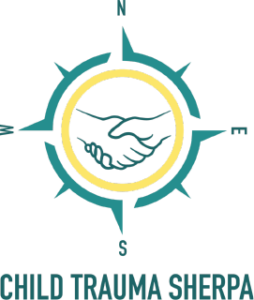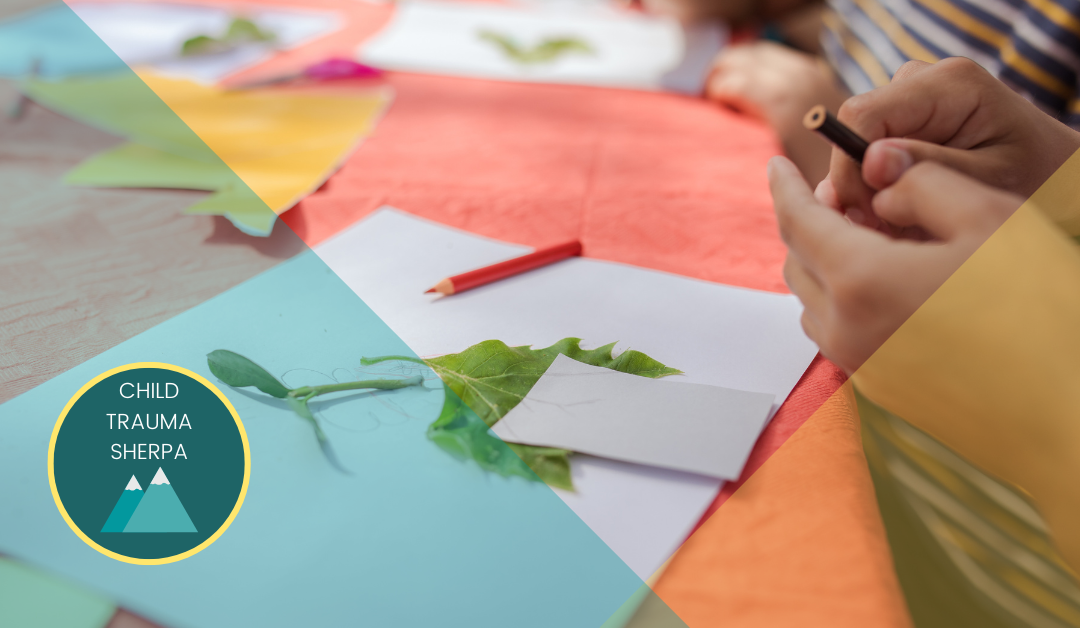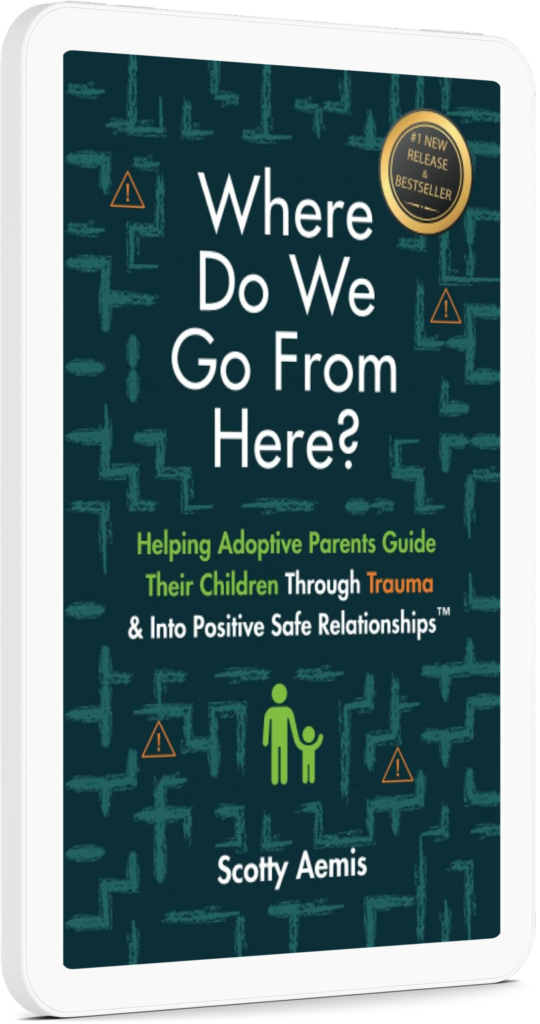What is Art Therapy and How It Works
Trauma is a real brain injury. Its effects can be wide ranging and destructive. Childhood trauma can cause the brain to function at a lower level (the brainstem rather than the cortex) and a child experiences fight or flight. Being in fight or flight constantly can cause even more damage, impacting brain development and not allowing the child to heal.
Additionally, children are more susceptible to emotional stressors. This is because they haven’t developed the skills to cope with difficult or uncomfortable situations.
Building deeper connections with children that allow them to feel more safe and confident is one way to help support them through their healing journey. They also need the space and time to work through the trauma on their own.
Children with trauma have to be the hero of their own story. Only they can work through their trauma and they have to do it on their own time. However, you can give them tools to help them work through that trauma, and that is where art therapy comes in.
What is Art Therapy?
Art therapy is designed to help heal psychological wounds, like those caused by childhood trauma. Trauma can be abuse, neglect, community violence, loss and grief, and any other event that can cause a child to feel unsafe.
What is key to remember is that art therapy is not just arts and crafts. This art is created within the context of a therapeutic relationship and is intended for patients to engage in self-exploration. It involves purposeful creation and meaningful making through specific art. This type of therapy encourages the creation of a tangible product, unlike play therapy. Art therapy allows children to visually express and record their experiences, perceptions, feelings, and imagination.
How Art Therapy Works
Non-Verbal, Sensory-Based Communication
In its simplest form, art therapy is a form of non-verbal communication. This can be extremely helpful for children who are not able to verbally articulate their thoughts and emotions. It is a way for them to tell without speaking when they feel afraid to talk about specific events or feelings.
It is also a sensory-based approach. It allows patients to experience themselves and communicate on multiple levels at once–visual, tactile, kinesthetic, and more. It allows them to not only be heard, but to be seen.
Growth and Development
Art allows us to express ourselves in a way that provides useful information on development in the child, especially for those who are 10 years old or younger. Differences in artistic development can help us understand a patient’s emotional state and cognition level.
Self-Regulation
Neurobiology continues to show that art-based activities can be helpful to children. In fact, certain sensory characteristics of making art have the ability to help children regulate by improving mood and sensory integration, as well as calming the body and mind.
Storytelling for Healing
Art therapy provides children the opportunity to express metaphor, or storytell, through their art. Art doesn’t have to be literal to be therapeutic. Storytelling through metaphor or imaginative stories allows the patient to slowly and safely release disturbing and traumatic experiences.
Right Hemisphere Functioning
Finally, art therapy can help the brain to establish new, more productive patterns. It also allows the child and therapist to connect right hemisphere to right hemisphere, which can be helpful in repairing and reshaping attachment. It allows the patient to form positive attachments and to feel safe and seen through multiple levels of communication. Art therapy, at its core, allows a child to be deeply understood and unconditionally accepted.
Final Thoughts
Art therapy isn’t just play time. With a therapist who is knowledgeable in using art therapy for childhood trauma, children can work through their traumatic experiences in a non-verbal way, explore their own thoughts and feelings in a way that is safe, and begin to work through their trauma. Art therapy, when paired with other forms of therapy, can open a door toward true healing!


